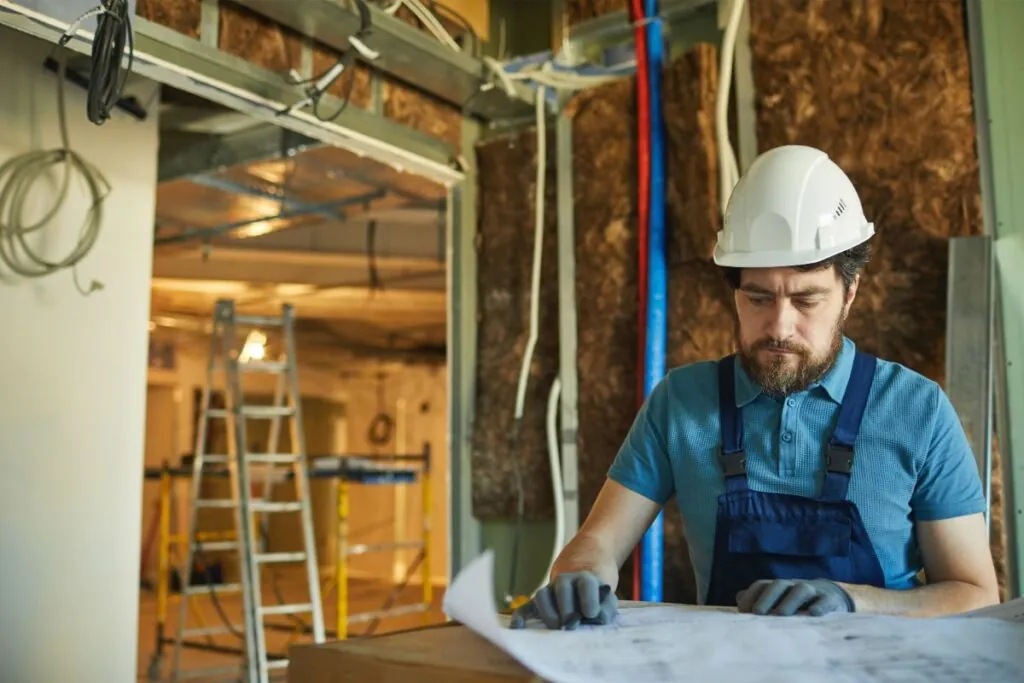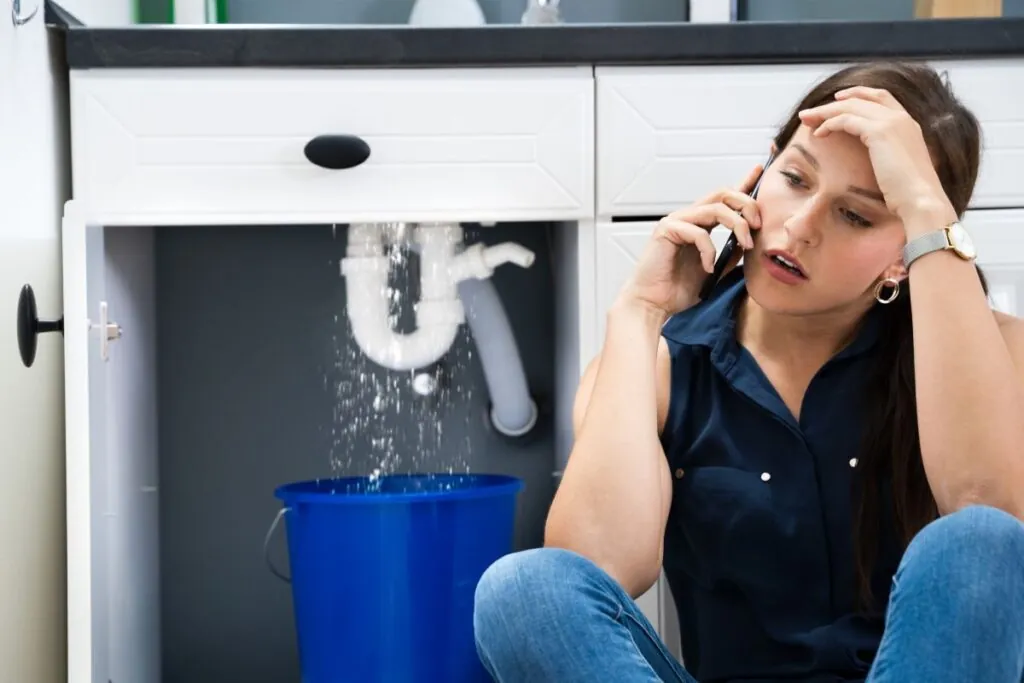Adding a bathroom to your basement can be a game-changer for your home. Not only does it provide additional convenience and comfort, but it can also increase the overall value of your property. Whether you plan to convert your basement into a guest suite or a home office or just need extra facilities, this guide will take you through the benefits, challenges, and steps to successfully add a bathroom to your basement.
Benefits of Adding a Bathroom to Your Basement
Adding a bathroom in the basement can transform the space, offering both functional and financial benefits. Whether you want to enhance your basement’s usability or increase your home’s value, a bathroom in the basement provides convenience and appeal for your family or future buyers.

Increased Home Value
Adding a bathroom to your basement is a wise investment. Homebuyers often look for functional spaces, and a basement bathroom can make your home more appealing and increase its market value. It is a relatively low-cost upgrade that can pay off big when it is time to sell.
Improved Functionality
A bathroom in the basement enhances the overall functionality of your home. It allows for more privacy, mainly if your basement is used as a guest area, rental suite, or entertainment space. With a bathroom added to it, your basement becomes a fully self-sufficient zone for all to use.
Enhanced Basement Usability
The addition of a bathroom makes your basement far more usable. The basement might feel like a storage area or underutilized space without one. Adding a bathroom transforms it into a practical area that can serve multiple purposes—whether it is a family room, home office, or guest suite.
Key Considerations Before You Build a Bathroom in Your Basement

Before you start the exciting process of adding a bathroom to the basement, it is essential to consider a few crucial factors. First, evaluate your budget and the overall layout of the basement. Can your existing plumbing system support the new bathroom, or will you need to upgrade? Space constraints and proper ventilation are also key elements to consider when designing the layout.
Additionally, adding a bathroom in the basement often requires permits to ensure everything is up to code. Be sure to check with your local authorities to avoid any legal issues down the line. Taking the time to plan and prepare properly will make the process smoother and more cost-effective.
Step-by-Step Guide to Adding a Bathroom to Your Basement
Building a bathroom in the basement requires careful planning and execution. In this step-by-step guide, we will walk you through the key stages of the process, from assessing feasibility to finishing touches, ensuring a smooth experience when adding a bathroom to your basement.
Step 1: Assess Plan Feasibility
The first step in adding a bathroom to your basement is to assess whether it is feasible. Take a close look at your space. Are there existing plumbing lines that can be tapped into? Is there enough room to fit a full or half bathroom? Determining the structural and logistical challenges early on will save you time and money.
Step 2: Create a Design Plan
Once you have assessed the space, it is time to make a design plan. Decide on the layout of your bathroom and how it fits within the overall basement design. Consider where the toilet, shower, and sink will go, and ensure the design suits your needs and the existing basement structure.
Step 3: Secure Necessary Permits
Building a bathroom in your basement will likely require permits from your local municipality. These permits ensure the work complies with building codes and safety regulations. The process may take some time, so factoring this into your project timeline is crucial.
Step 4: Install Plumbing and Electrical
Once the permits are in place, installing the plumbing and electrical systems is time. This step is critical and may involve running new pipes or wiring. Hiring professionals for this part is often best, as it requires knowledge of local codes and specialized skills to ensure everything works safely and efficiently.
Step 5: Build and Finish the Bathroom
Now comes the fun part—building and finishing the bathroom. This includes installing fixtures, flooring, and walls. Whether you choose tile, vinyl, or concrete, ensure the materials are moisture-resistant, as basements tend to be more humid than other parts of the house.
You may also be interested in How Much Does It Cost to Finish a Basement
Common Challenges When Adding a Bathroom to Basement

Adding a bathroom in the basement offers many benefits but also challenges. Plumbing issues, moisture control, and space limitations are just a few hurdles you may encounter. Understanding these challenges upfront will help you prepare for a successful basement bathroom project.
Plumbing Issues
Adding a bathroom to a basement can present plumbing challenges, especially if your home’s existing plumbing is far from the basement. To make everything work, you may need to install new drains, pipes, or a sump pump. Proper planning and expert help will go a long way in overcoming these issues.
Moisture and Ventilation
Basements are often damp, and adding a bathroom can exacerbate moisture problems. Proper ventilation and moisture barriers are essential to prevent mold and mildew. Consider installing an exhaust fan and using waterproof materials to ensure the longevity of your new bathroom.
Space Constraints
Basement bathrooms can be tricky due to limited space. If your basement is small, fitting everything you need can be challenging. Consider space-saving solutions like corner sinks, compact toilets, or a wet room design to maximize the available space.
Maintenance Tips for Your New Basement Bathroom
Proper maintenance is essential to keep your new basement bathroom in top condition. From regular plumbing checks to moisture prevention, these maintenance tips will ensure that your bathroom in the basement remains functional and safe, allowing you to enjoy the space for years to come.
Regular Plumbing Inspections
It is crucial to inspect the plumbing in your basement bathroom regularly. Because basements are more prone to leaks or pipe damage due to their underground location, keeping an eye on your plumbing will help prevent more significant issues in the future.
Preventing Moisture Issues
Moisture is a constant concern in basements. To prevent issues, ensure your bathroom has adequate ventilation. Regularly check for leaks or water damage, especially after heavy rainfall. Use dehumidifiers to keep the air dry and avoid mold buildup.
Cleaning and Upkeep
Routine cleaning is essential for keeping your basement bathroom in top shape. Clean fixtures, wipe down surfaces, and inspect grout and seals around showers or bathtubs to prevent dirt buildup or mildew and keep your bathroom comfortable for years to come.
Conclusion
Adding a bathroom to your basement is a valuable home improvement that enhances both functionality and comfort. By carefully planning the project and considering factors like plumbing, space, and ventilation, you can create a bathroom that adds convenience and even increases your home’s value. Whether you are doing it yourself or hiring basement remodeling professionals, this upgrade will make your basement a more usable and enjoyable part of your home. Do not put it off any longer; start today!
